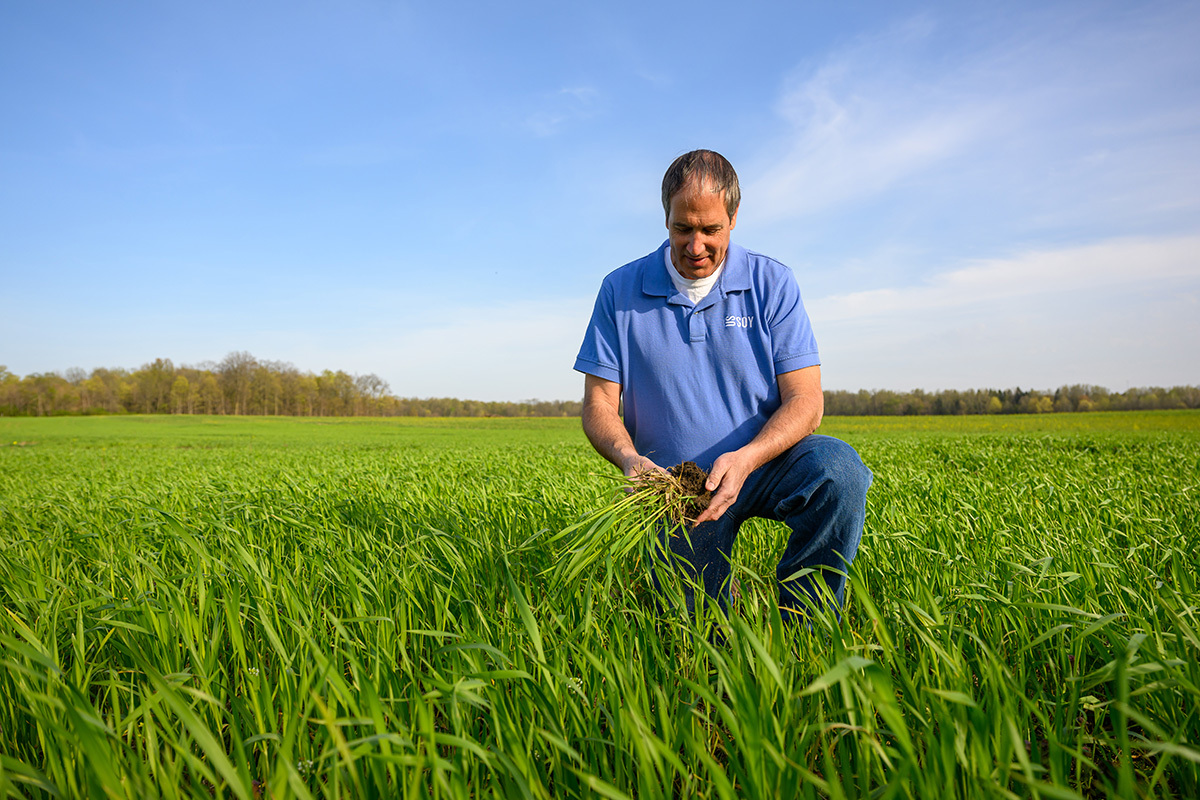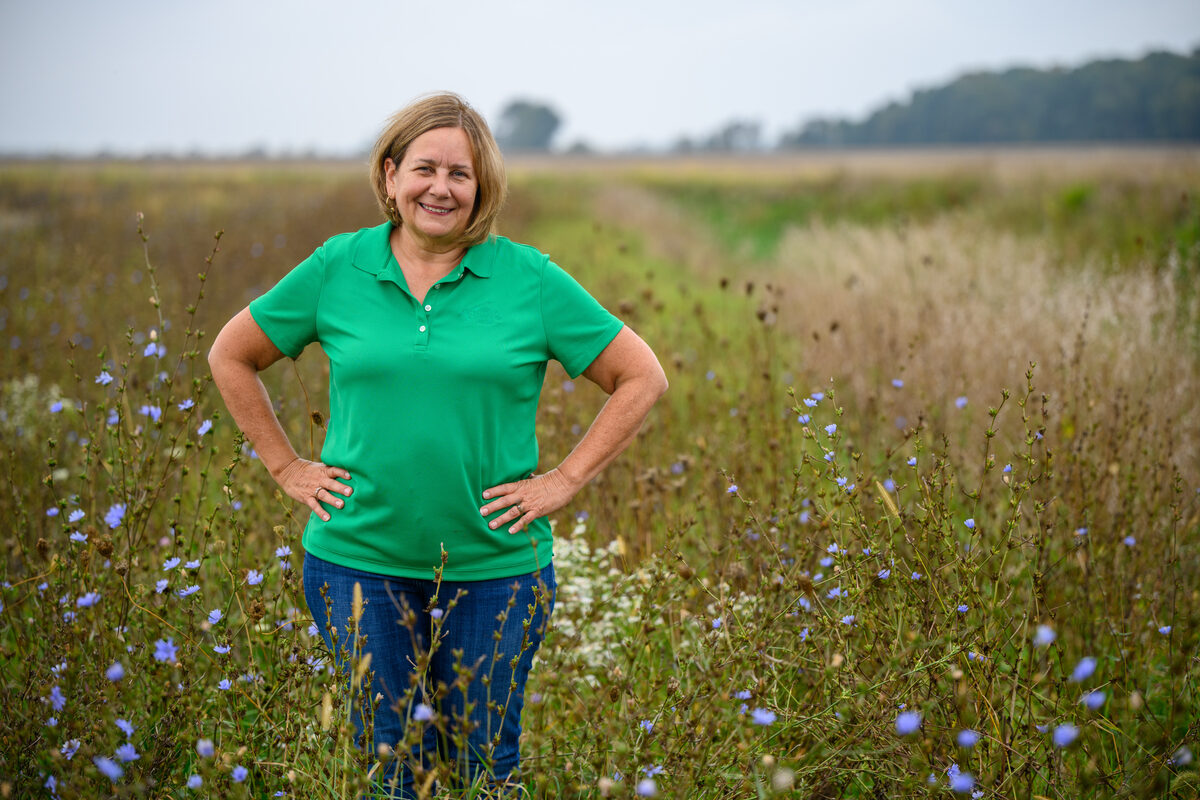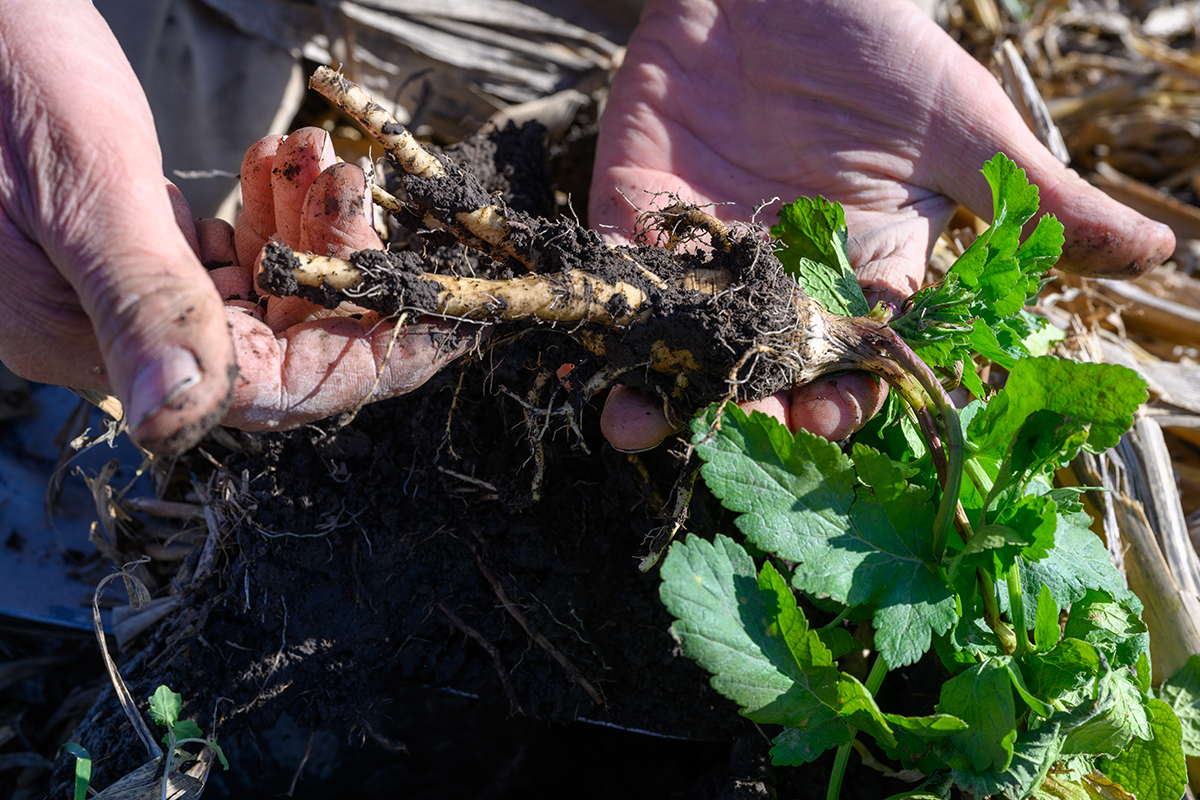Partnering for Improved Soil Health

Farmers for Soil Health will provide technical support and a cost-share program for cover crop adoption.
Farmers understood the importance of improving soil health long before the topic dominated headlines. They tailor current practices like tillage, planting style and fertility management to fit with the climate, soil type and topography of every field.
In the quest for continuous improvement, cover crops have emerged as a key tool to enhance soil health.
“U.S. soybean farmers look to implement sustainable practices that support crop yield and protect their soils, and adopting cover crops is one example,” says Jack Cornell, director of sustainable supply for the United Soybean Board. “Cover crop research documents long-term improvements in organic matter, nutrient management, soil tilth, water infiltration and more.”
Other research reports that farmers see lack of information and concern about added costs as obstacles to introducing a practice like cover crops in their fields.
Farmers for Soil Health is a farmer-led partnership developed to help farmers adopt new practices to build long-term soil health by breaking down those common barriers. Farmers for Soil Health advances practices like cover crops to meet sustainability and profitability goals. Collaboration between the Soy Checkoff, Pork Checkoff and National Corn Growers Association backs the effort, with support from a wide variety of additional industry, academic and government organizations. It is designed to address common questions and practical challenges that arise in soil health management.
“One goal of Farmers for Soil Health is to increase cover crop adoption by helping farmers directly overcome the most common challenges to implementation,” Cornell says. “Removing these barriers allows farmers to continue to pursue best management practices that support long-term soil sustainability and farm profitability.”
Step-by-Step Planning
Incorporating cover crops into an agronomic system involves decisions about what to plant in the fall, when and how to plant it, how to manage it the following spring and much more. And the best answers change depending on location, the rest of the system and countless other factors.
“Cover crops can be complex and definitely are not a one-size-fits-all practice,” says Ben West, Ph.D. executive director of Farmers for Soil Health. “That’s part of the reason many farmers cite lack of information and planning as a reason they have yet to explore them.”
He explains that personal, on-the-ground technical assistance provided by Farmers for Soil Health will account for those differences. Local advisors will span the knowledge gap and help farmers develop implementation plans. That will include selecting specific cover crops and practices that will address their goals.
In addition, West says Farmers for Soil Health is providing an array of online tools and resources in one place to help farmers better understand how they can enhance soil health with cover crops. From getting started and selecting cover crops species to planting, management and termination, he says the website will provide region-specific information farmers need to develop cover cropping plans.

“Farmers for Soil Health is collecting and curating reliable sources and proven tools to share,” he adds. “Details about specific cover crop management practices will allow farmers to ask advisors specific questions and adapt their plan for their climate, crop rotation and soil health needs.”
For example, mild winters in the southern United States allow cover crops a longer active growing season to produce more biomass. With planning, that biomass can be managed to improve nutrient availability and to suppress weed competition, while still allowing good seed-to-soil contact when planting the cash crop. In colder regions, farmers may choose a cover crop species mix that relies on winterkill for termination, presenting a different set of considerations for planting the next crop.
Mitigating Costs
Farmers plant cover crops for their agronomic benefits, but they must account for the cost of cover crop seed, the seeding process, termination and added labor for those steps in their bottom line. It often takes a few years to reap the return from those investments in the form of improved soil characteristics and crop yields. Those initial costs can deter farmers from pursuing cover crops.
“To reduce financial risk, Farmers for Soil Health includes a cost-share program for cover crop adoption,” West explains. “Thanks to grants like $95 million from USDA’s Partnerships for Climate-Smart Commodities and $13.6 million from the National Fish Wildlife Foundation, we are positioned to offer financial assistance to farmers to offset the costs of implementing cover crops.”
He says that sign-ups for the cost-share program will open in August of 2023, and farmers will be able to enroll online.
“While many practices improve soil health, we are currently focusing on cover crops,” he says. “By intentionally addressing the barriers of information for planning and financial risk, we believe we can help expand cover crop adoption to 30 million acres by 2030.”



